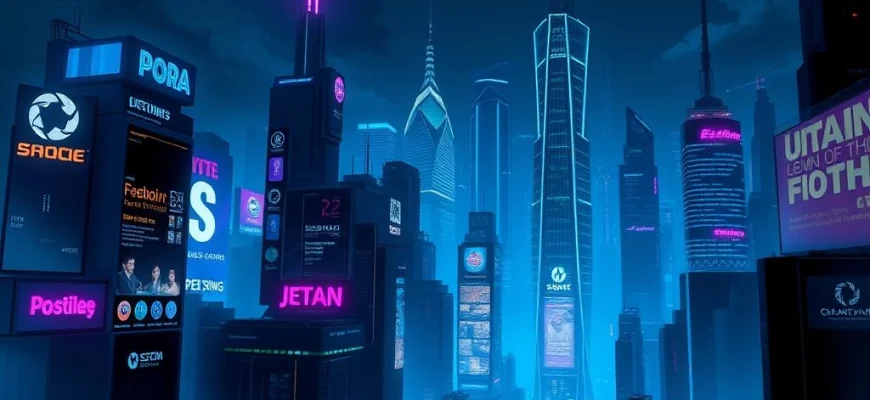If you're a fan of the cyberpunk thriller 'New Rose Hotel' (1999), you'll love this curated list of 10 similar movies and shows that capture its dark, futuristic vibe. From high-stakes corporate espionage to neon-lit underworlds, these picks will satisfy your craving for stylish, thought-provoking sci-fi. Dive in and discover your next obsession!

Alphaville (1965)
Description: A French New Wave sci-fi noir that combines futuristic dystopia with existential themes, shot in a stark, minimalist style.
Fact: The film was shot entirely in real locations in Paris, using no sets or special effects. It won the Golden Bear at the Berlin International Film Festival.
 Watch Now
Watch Now 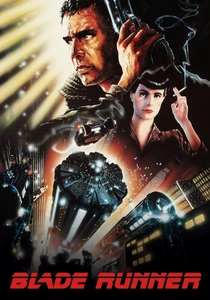
Blade Runner (1982)
Description: A neo-noir science fiction film that explores themes of identity, reality, and existentialism, set in a dystopian future with a visually striking aesthetic.
Fact: The film's iconic rain-soaked streets and neon-lit cityscapes have influenced countless cyberpunk works. It was initially a box office disappointment but later became a cult classic.
 Watch Now
Watch Now 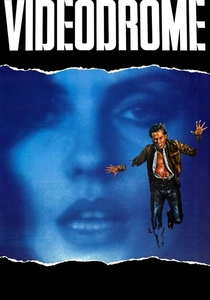
Videodrome (1983)
Description: A surreal body horror film that explores the blurring lines between reality and media-induced hallucinations, with a gritty, unsettling aesthetic.
Fact: The film's special effects were groundbreaking for their time, including the iconic 'living TV' scene. It has been interpreted as a critique of media consumption.
 Watch Now
Watch Now 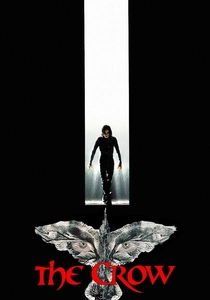
The Crow (1994)
Description: A dark, gothic revenge tale set in a rain-soaked urban hellscape, blending elements of fantasy and noir with a melancholic tone.
Fact: The film is infamous for the tragic death of its star, Brandon Lee, during production. The soundtrack features iconic 90s alternative rock bands.
 Watch Now
Watch Now 
The City of Lost Children (1995)
Description: A visually fantastical film set in a dreamlike, steampunk world, focusing on themes of childhood, dreams, and surrealism.
Fact: The film's unique visual style was achieved through extensive use of practical effects and miniatures. It was a co-production between France, Germany, and Spain.
 Watch Now
Watch Now 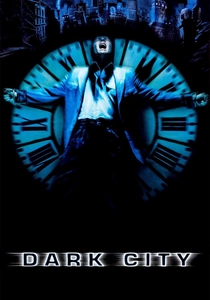
Dark City (1998)
Description: A visually stunning film that blends noir and sci-fi elements, focusing on memory, identity, and the manipulation of reality in a surreal urban environment.
Fact: The director, Alex Proyas, insisted on filming entirely at night to maintain the film's unique atmosphere. The movie was overshadowed by Titanic's release but gained a cult following.
 Watch Now
Watch Now 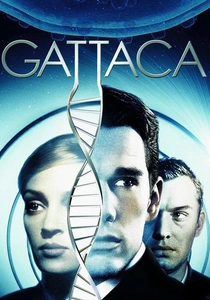
Gattaca (1997)
Description: A dystopian sci-fi film that examines genetic engineering and societal discrimination, with a sleek, minimalist visual design and a contemplative tone.
Fact: The film's title is derived from the letters G, A, T, and C, which represent the nucleotides of DNA. It was a box office failure but later became a cult favorite.
 Watch Now
Watch Now 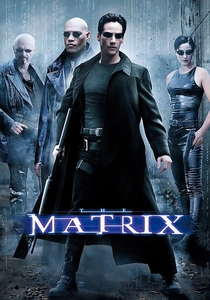
The Matrix (1999)
Description: A groundbreaking sci-fi action film that questions the nature of reality and features a dystopian world controlled by machines, with a strong cyberpunk aesthetic.
Fact: The film's bullet-time effect revolutionized action cinematography. It won four Academy Awards, all in technical categories.
 Watch Now
Watch Now 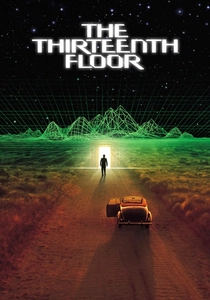
The Thirteenth Floor (1999)
Description: A sci-fi thriller that delves into the nature of reality and simulated worlds, featuring a noir-inspired narrative and a moody, atmospheric setting.
Fact: The film was released the same year as The Matrix but received less attention. It is based on the 1964 novel Simulacron-3 by Daniel F. Galouye.
 Watch Now
Watch Now 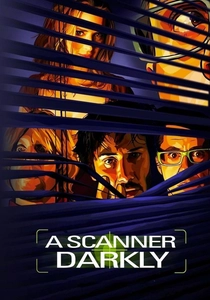
A Scanner Darkly (2006)
Description: An animated sci-fi film that explores themes of surveillance, identity, and drug-induced paranoia, with a unique rotoscoped visual style.
Fact: The film is based on Philip K. Dick's semi-autobiographical novel. It features an all-star cast, including Keanu Reeves and Robert Downey Jr.
 Watch Now
Watch Now 
